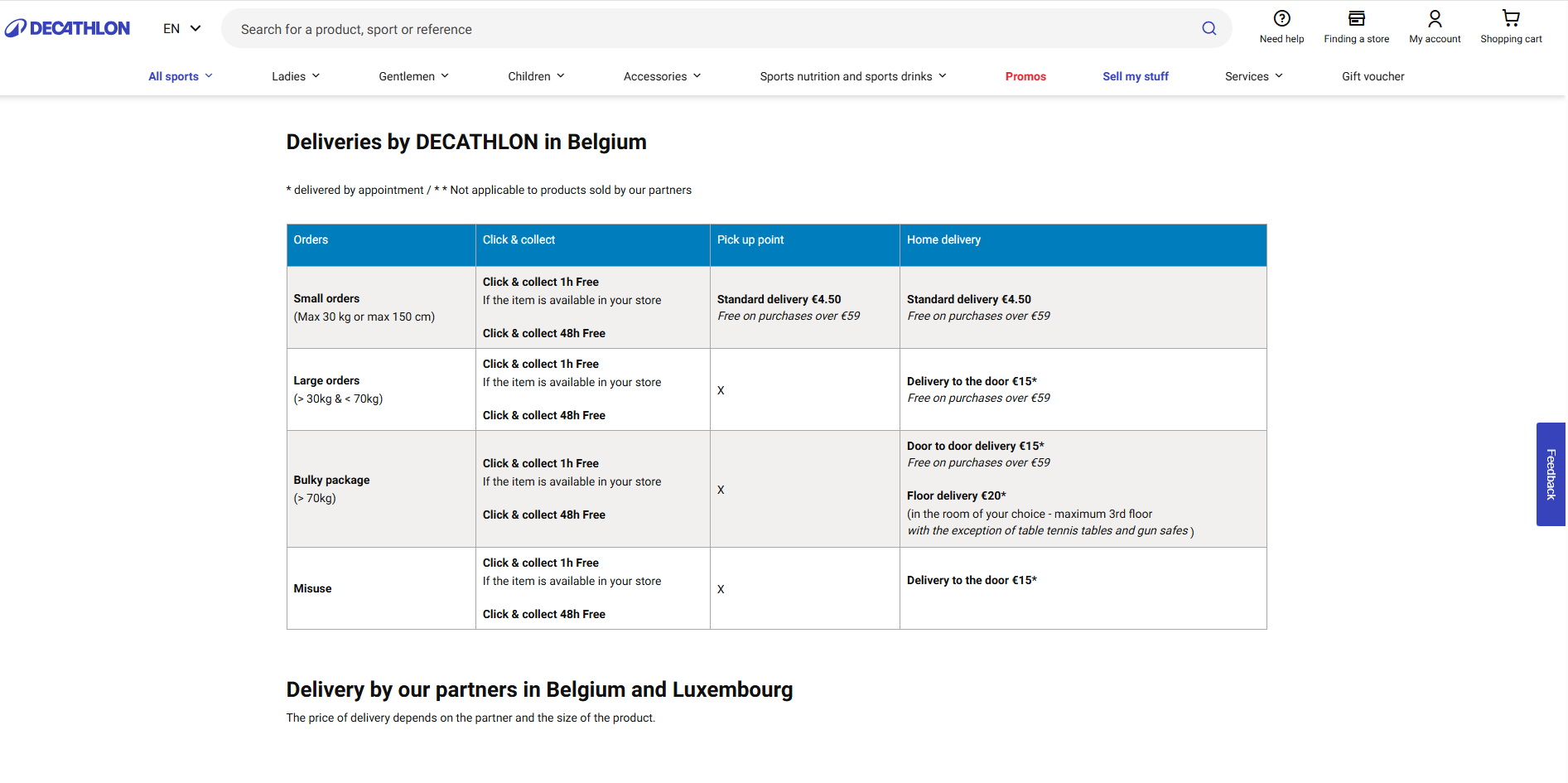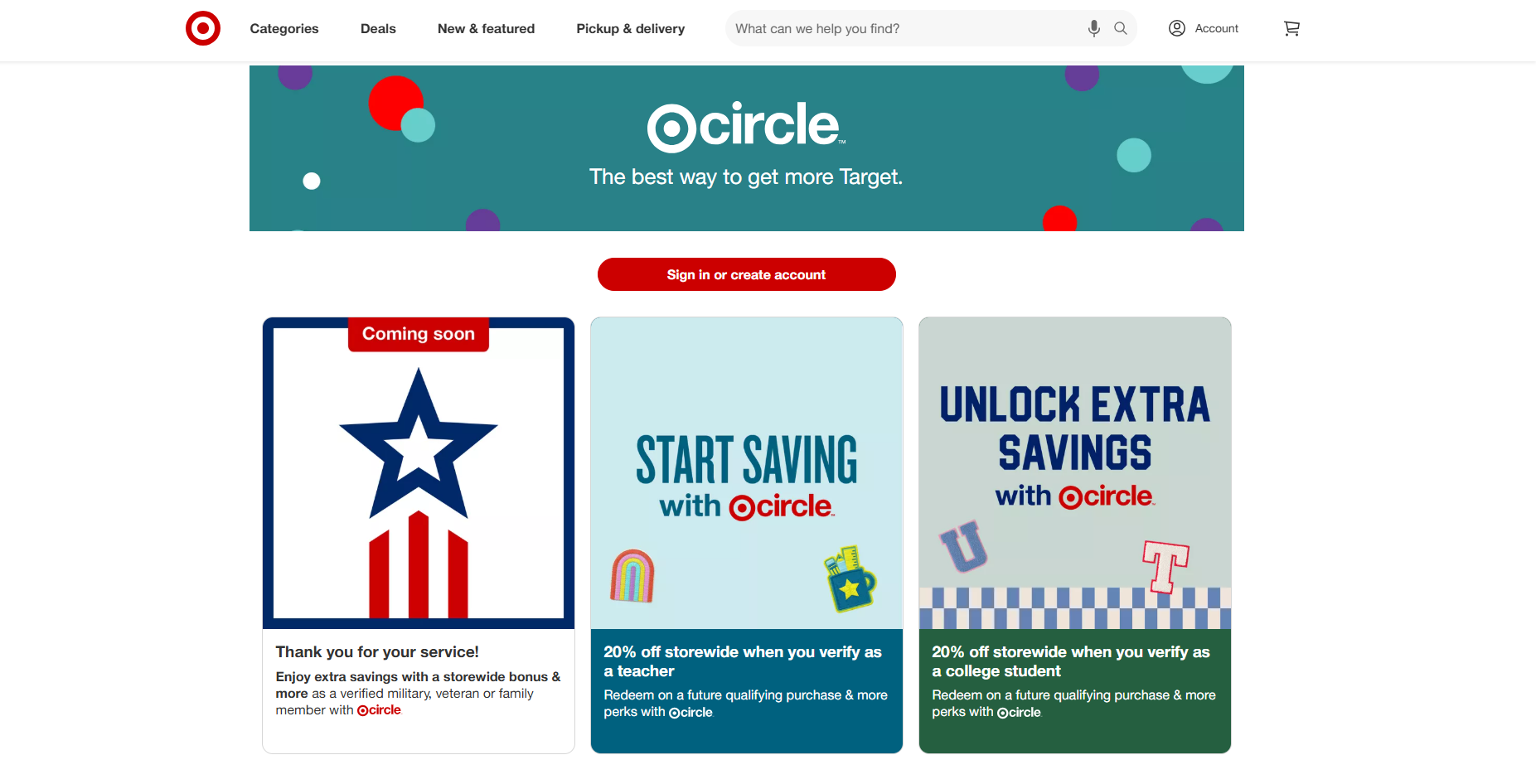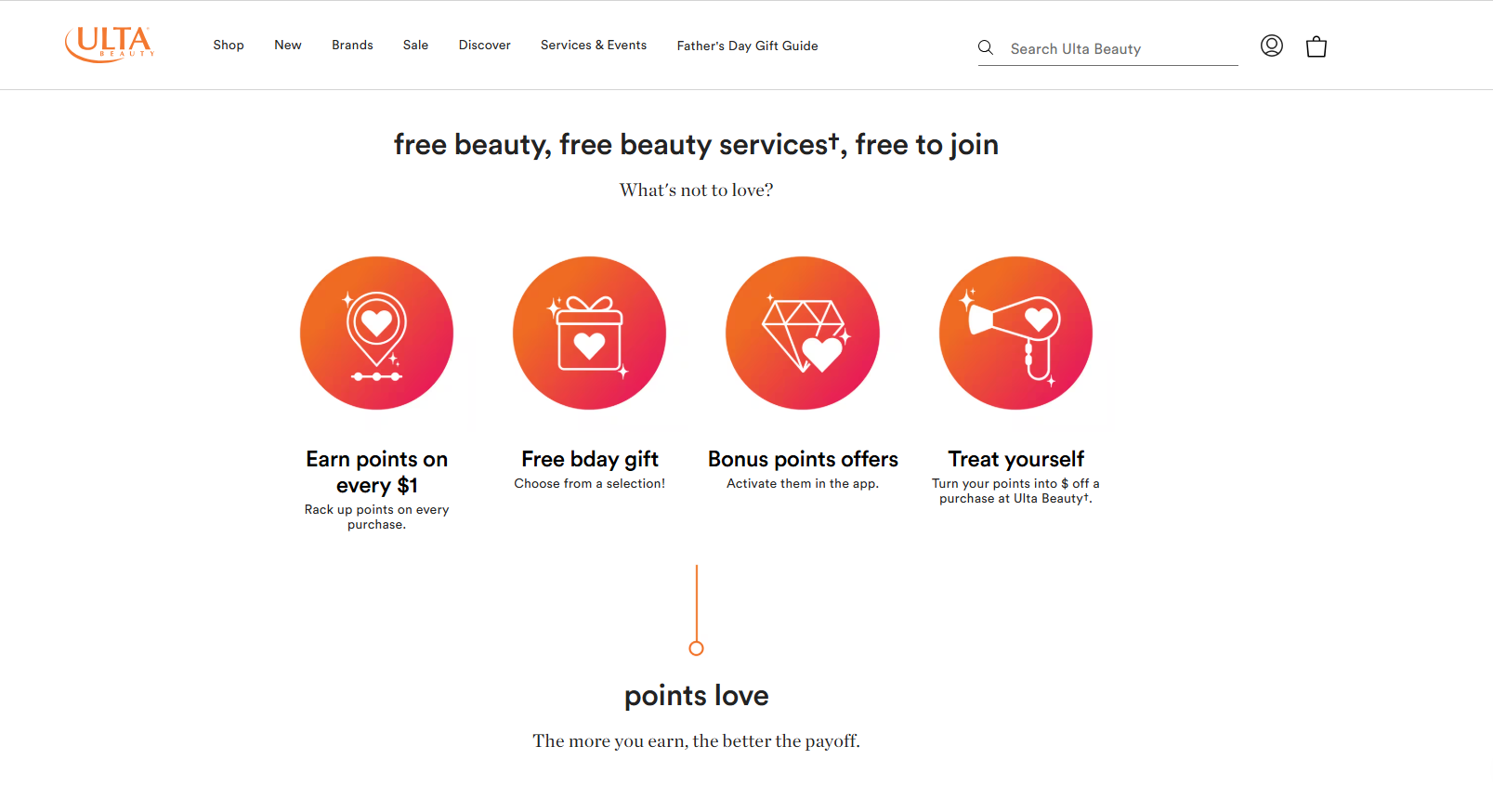Frictionless Omnichannel: Connect Every Channel and Drive Results

Today more than ever, customers expect every interaction with a brand—whether in a physical store, app, website, or support call—to feel smooth, connected, and uninterrupted. But delivering a truly frictionless omnichannel experience isn't just about being present across multiple channels; it’s about integrating them in a seamless, strategic, and customer-centric way.
While many organizations recognize the importance of an omnichannel strategy, few are able to execute it successfully. Why? Because between theory and practice there’s a gap filled with technical, organizational, and cultural hurdles.
Companies face real barriers: technological silos, scattered data, disconnected processes, and rigid internal structures that hinder the execution of a truly integrated strategy. The result? Fragmented experiences that hurt customer perception and limit business impact.
Effectively connecting channels means aligning technology, teams, and processes around a shared view of the customer. Achieving this requires going beyond diagnosis and making concrete decisions that deliver value from the first interaction to repeat purchase.
What Is a Frictionless Omnichannel Experience?
A frictionless omnichannel experience is one in which every customer interaction feels like part of the same smooth and coherent journey. There are no abrupt jumps between physical and digital, no need to repeat information or adapt behavior because the brand adapts to the customer, not the other way around.
This kind of experience is rooted in real integration between systems, data, and teams. It’s no longer about thinking in silos like “the website,” “the store,” or “the call center” but operating them all as complementary parts of a single brand experience.
When done well, the impact is clear: higher customer satisfaction, increased conversion rates, higher average customer value, and stronger loyalty. But reaching that level of integration requires overcoming structural and technological challenges.
Main Obstacles to Achieving It
Even though many brands understand the importance of offering a frictionless omnichannel experience, execution is often hindered by structural challenges that go beyond technology.
One of the most common is data fragmentation, where customer information is spread across multiple systems that don’t communicate: eCommerce platforms, CRMs, POS systems, mobile apps, customer support tools, and more. This disconnection prevents building a unified customer view and delivering real-time, contextual interactions.
Another major barrier is internal misalignment, both between channels and across teams. When touchpoints like ecommerce and in-store sales have separate goals, metrics, and tools, they often compete rather than collaborate. This creates friction for customers in the form of exclusive promotions, inconsistent pricing, and disjointed service. Without shared objectives and integrated systems, organizations end up designing isolated solutions instead of cohesive experiences that scale.
On top of this, many organizations still rely on legacy systems or rigid infrastructures that make it difficult to integrate new channels or quickly adapt to evolving customer expectations. These technical limitations slow down innovation, increase the cost of transformation, and can cost your business customers when they seek out experiences you can’t offer from other brands
Overcoming these challenges requires rethinking not just technology, but organizational culture and collaboration models. Frictionless omnichannel isn't the result of isolated initiatives, it requires a cross-functional vision, a commitment to transformation, and a constant focus on the real customer experience.
Key Elements of a Well-Executed Omnichannel Strategy
A frictionless omnichannel strategy can’t be achieved with a single tool or one-time effort. It requires a combination of flexible technology, connected processes, and aligned teams. Key elements include:
System integration: Connect platforms like CRM, eCommerce, POS, customer service, and mobile apps. It’s not just about sharing data, it’s about enabling coordinated actions across channels.
Flexible tech architecture: Solutions based on principles like Composable Commerce or MACH enable brands to quickly adapt to new channels or needs without rebuilding from scratch.
Intentional customer journey design: Map touchpoints, identify friction, and define how experiences connect across channels. This ensures coherence and continuity from first interaction to repeat purchase.
Unified customer data and profiles: Tools like a Customer Data Platform (CDP) help centralize scattered information, build a single customer view, and enable real-time personalization.
Channel and system orchestration: Automate and coordinate actions between channels (e.g., an eCommerce recommendation triggered by a recent in-store visit) to create contextual, proactive experiences.
Data governance and clear roles: Set processes and policies so all teams work from the same data, with aligned KPIs and well-defined responsibilities.
Cross-functional collaboration as a design principle: Omnichannel experiences can’t thrive if teams operate in silos. The customer journey spans the business and so should the internal strategy.
The Role of Teams and Organizational Culture
A frictionless omnichannel experience isn’t just the result of good tech, it’s also about how the people behind it work together. Organizations that execute effectively share a common trait: a customer-centric culture and an internal structure built for collaboration, not competition.
A common mistake is assuming omnichannel is the sole responsibility of marketing or the digital team. In reality, it’s a cross-functional effort involving sales, customer service, operations, IT, in-store staff, and more. When teams have separate goals and KPIs, those internal disconnects translate into customer friction.
Breaking those silos takes more than process changes,it requires a shared mindset. Teams need to work with aligned KPIs that prioritize customer experience over individual channel performance. For example, measuring lifetime value or repurchase rate rather than just conversion per channel.
It’s also essential to empower employees with the tools and information they need to provide consistent service. If a support agent can’t see a customer’s full history, or a store associate can’t view what’s in their online cart, the chance to deliver a personalized, seamless experience is lost.
Agility is key, too. An organization ready for omnichannel must be able to quickly respond to changing customer needs, adjust campaigns in real time, or redesign journeys without waiting through long development or approval cycles.
Ultimately, organizational culture is what sustains, or sabotages, an omnichannel strategy. Fostering collaboration, sharing learnings across teams, and keeping the customer at the center of every decision is what turns vision into tangible results.
How to Measure the Success of an Omnichannel Strategy
A well-designed omnichannel strategy not only improves the customer experience, it directly impacts business results. But to understand its true value, it’s essential to measure with indicators that reflect both operational efficiency and customer perception across all touchpoints.
Instead of evaluating each channel in isolation (e.g., eCommerce conversion rate or in-store sales), organizations should adopt integrated metrics that capture customer behavior across their entire journey.
Key indicators include:
Customer Lifetime Value (CLV): Measures the total estimated value a customer will bring throughout their relationship with the brand. An increase often reflects a smoother experience and stronger emotional connection.
Retention rate and repeat purchase frequency: Customers who experience consistent journeys across channels are more likely to return. Analyzing repeat behavior reveals the effectiveness of the omnichannel approach.
Customer Satisfaction Score (CSAT) and Net Promoter Score (NPS): These help gauge customer perception after an interaction, regardless of channel. High, consistent scores signal a frictionless, integrated experience.
Cross-channel conversion rate: Measures how often users start an interaction on one channel and complete it on another (e.g., research online and purchase in store). A rise here indicates a seamless journey.
First contact resolution time in customer service: Efficient, contextual service reduces wait times and prevents repetition. It’s a strong indicator of system and team integration.
Consistency of promotions and pricing across channels: While not a traditional metric, tracking uniform commercial conditions across channels helps reduce friction and build trust.
In addition to quantitative KPIs, qualitative insights add value: surveys, interviews, social media comments, or store reviews often reveal friction points that dashboards don’t capture.
Omnichannel success isn’t about how many channels you offer, it’s about how well they’re connected and how they impact customer experience. Measuring effectively allows for smarter adjustments and clearer progress.
Real-World Examples: From Theory to Practice
Understanding the principles of omnichannel is important, but seeing them in action helps bring their impact and feasibility to life. Here are some real-world use cases showing how brands have moved from theory to execution, connecting channels to deliver value for both customers and business:
Sephora: Cart recovery with in-store context
Sephora combines online and in-store behavior data to offer personalized reminders and recommendations. For example, if a customer tries a product in-store (tracked via their loyalty account) and later abandons it in their online cart, they may receive an email reminder or a similar suggestion. Result: Improved cart recovery and a more personalized experience, thanks to connected digital and physical channels.
Decathlon: Real-time Click & Collect
Customers can check real-time product availability by store and place orders for pickup in under an hour. A unified inventory system ensures they can choose exactly where and when to collect their items. Result: Increased customer satisfaction, reduced delivery time, and more foot traffic to stores, driving additional purchases.

Zappos: Omnichannel support with continuity
Known for exceptional service, Zappos ensures any agent—across phone, email, or chat—has access to a customer’s full history. The experience continues with full context, regardless of channel. Result: Faster resolutions, lower customer frustration, and a reputation for frictionless support.
Target: Unified promotions
Target aligned its promotions system across its app, website, and physical stores. Every promotion is available on all channels at the same time. Their loyalty program (Target Circle) accumulates benefits no matter where the purchase happens. Result: Greater clarity for consumers, higher trust in promotions, and fewer checkout frictions.

Ulta Beauty: Cross-channel personalization with loyalty
Ulta leverages its loyalty program to personalize experiences in-store and in-app. Purchase history (both digital and physical) powers exclusive offers, recommendations, and contextual messaging across channels. Result: More active customers, increased purchase frequency, and a cohesive brand experience.

From Vision to Real Experience
Achieving a frictionless omnichannel experience isn’t just a tech project, it’s a transformation in how brands understand, design, and operate customer interactions.
True omnichannel isn’t about being “everywhere,” but about being where the customer needs, with coherence, context, and continuity. That takes strategic vision, investment in flexible technology, aligned teams, and a culture that understands experience is not delivered per channel, but as a whole.
Organizations that take that leap don’t just improve conversion or satisfaction metrics. They gain something harder to earn and longer-lasting: the loyalty of a customer who feels like every touchpoint was designed just for them.
Turning theory into execution takes effort, but the results show in every moment the customer doesn’t have to repeat information, wait too long, or wonder if the brand really knows them. That’s when omnichannel stops being just a promise and becomes a real competitive advantage.


